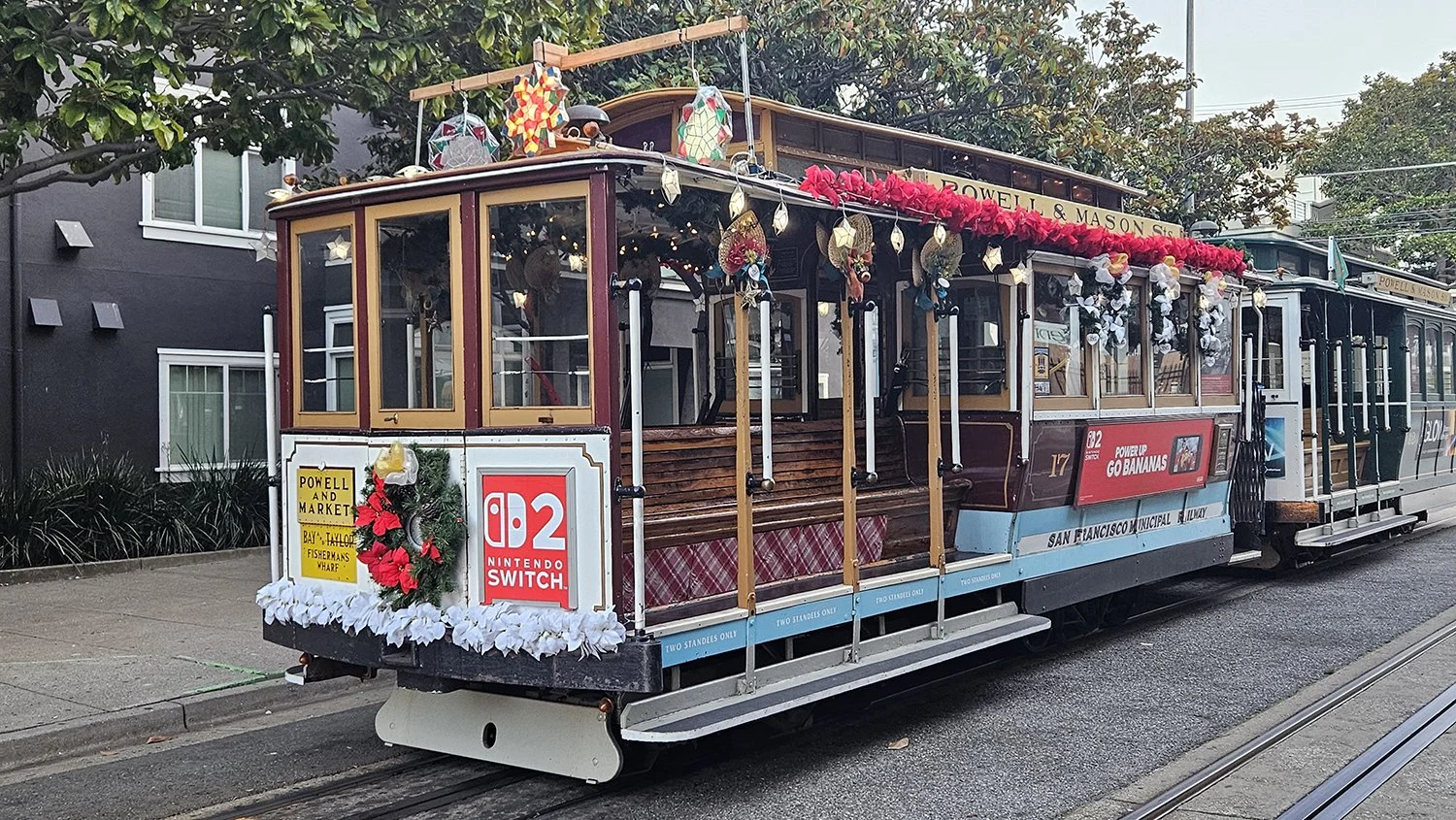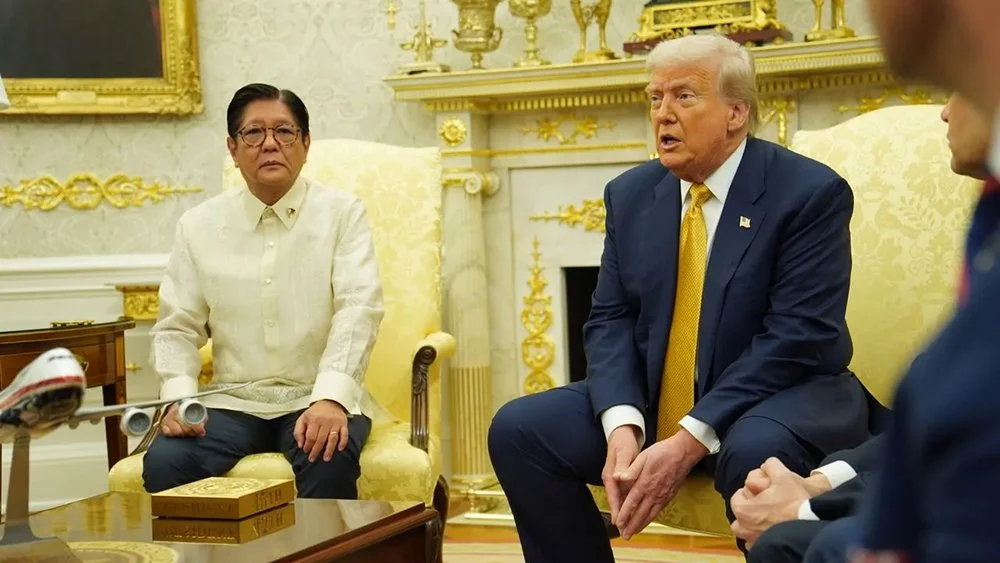Trump’s Tariff Need Not Hurt PH
/Philippine President Ferdinand R. Marcos, Jr. meets with U.S. President Donald J. Trump at the White House to discuss trade issues. (Source: Philippine Daily Mirror/Tori Santos)
Announced on July 22 by President Donald Trump following the White House visit of Philippine President Ferdinand Marcos, Jr., the tariff isn’t the full story: the Philippines still retains one of the lowest reciprocal U.S. tariffs among its Asian peers—below Vietnam’s 20 percent, Thailand’s 36 percent, and Japan’s and South Korea’s 25 percent.
Many in the Philippines were quick to call out the inequity with which the trade agreement was drawn up, although Marcos pointed out the tariff was largely Trump’s decision. Senator Ping Lacson described the deal as not the fairest deal between decades-old friends or allies, adding, “It is the worst insult that a host can throw at his (Trump’s) guest.”
While the U.S. move clearly poses risks, Philippine businesses stand to benefit significantly if properly positioned.
First, with the Philippines enjoying one of the lowest U.S. reciprocal tariff rates among its Asian neighbors, the country’s exports would relatively be more competitive compared to regional rivals. For exporters in sectors like garments, footwear, food processing, and textiles—which are sensitive to price margins—this cost advantage can translate into a new share in the U.S. market. The tariff disparity may also entice foreign investors to relocate or expand production in the Philippines to serve U.S. markets more cost‑effectively.
Second, electronics and semiconductor exports— which constitute almost 50 percent of U.S.-bound Philippine exports—benefit from World Trade Organization (WTO) and Information Technology Agreement advantages or exemptions, making much of them unaffected by the 19 percent tariff. As tariffs rise for neighbors, Filipino electronics firms can gain orders from U.S. buyers looking to avoid higher duties from Vietnam or other countries.
Semiconductors (Source: Stock Snap)
Third, the 19 percent tariff only applies to goods, not services. This insulates the Business Process Outsourcing industry from direct impact, while highlighting it as a tariff-free alternative for doing business with the Philippines. U.S. firms may shift focus from physical goods to service-based models, increasing BPO reliance.
The Philippines’ English-speaking, college-educated workforce has always drawn outsourcing business from the U.S. and is even more attractive with the new tariffs imposed on other countries.
The resulting boom in BPO demand could spur more jobs for Filipinos, leasing activity in Metro Manila and provincial growth in Cebu, Pampanga, Iloilo, and Davao.
Fourth, the Philippines is increasingly seen as a supply‑chain alternative for foreign companies relocating from China or high‑tariff countries. The government-backed Luzon Economic Corridor, along with infrastructure and investment incentives, bolsters its appeal as a manufacturing and logistics hub. These projects could attract investors seeking tariff‑friendly production bases.
(The LEC is a partnership with the United States and Japan, which was announced during the Trilateral Leaders’ Summit in the United States in April of last year.
This program seeks to connect Subic Bay, Clark, Manila, and Batangas with high-impact infrastructure projects including ports and railways.)
The bottom line: though a 19 percent U.S. tariff raises overhead for Philippine export industries, the relatively lower rate—combined with strategic exemptions, strong tech exports, growing BPO demand, trade diversion opportunities, and enhanced governmental support—can shift the narrative from disruption to opportunity. Through judicious strategic response, Philippine businesses can turn this tariff barrier into a competitive edge.
Through judicious strategic response, Philippine businesses can turn this tariff barrier into a competitive edge.
The 19 percent tariff represents a negotiating lever, not a death knell. Filipino manufacturers and policymakers should focus on strategic export diversification, supply‑chain upgrading, and capitalizing on relative tariff advantage to drive long‑term gains.
Rene Astudillo is a writer, book author and blogger and has recently retired from more than two decades of nonprofit community work in the Bay Area. He spends his time between California and the Philippines.
More articles from Rene Astudillo





